Helsinki in the 1890s was a time of significant change and progress. The city, which had been under Russian rule since 1809, was undergoing a period of rapid modernization, with new buildings, institutions, and cultural movements emerging rapidly.
At the turn of the century, Helsinki was still a relatively small and provincial city, with a population of around 60,000 people. However, it was also the capital of Finland’s autonomous Grand Duchy, giving it a unique position within the Russian Empire. Despite the restrictions imposed by the Russian government, Helsinki developed its own distinct identity as a center of Finnish culture and political activism.
One of the most important events of the decade was the opening of the Ateneum Art Museum in 1887. The Ateneum, which was designed by the Finnish architect Theodor Höijer, quickly became a symbol of the city’s cultural aspirations. It housed a collection of Finnish and international art and was vital in promoting the Finnish national identity.
Another significant development of the 1890s was the construction of the Helsinki Cathedral, which was completed in 1852. The Cathedral, which is located in the heart of the city, is an impressive neoclassical building with a distinctive green dome. It remains one of Helsinki’s most recognizable landmarks and a popular destination for tourists and locals.
In addition to these cultural landmarks, Helsinki was also experiencing significant economic growth in the 1890s. The city’s port, established in the early 18th century, expanded rapidly, and Helsinki became an important center of trade and commerce within the Baltic region.
This growth was accompanied by a surge in industrialization, which saw the emergence of new factories and mills in the city’s outskirts. These industries, which produced everything from textiles to chemicals, provided employment opportunities for the city’s growing population and helped to fuel the city’s economy.
However, not everyone benefited from Helsinki’s growth. The city’s working-class neighborhoods, which were located in the eastern part of the city, were overcrowded and under-resourced. Housing conditions were poor, and many residents lived in cramped and unsanitary conditions.
In response to these challenges, several social and political movements emerged in Helsinki in the 1890s. The most significant of these was the Finnish Social Democratic Party, which was founded in 1899. The Social Democrats were committed to improving the conditions of the working class and advocating for workers’ rights and welfare.
However, the Social Democrats faced significant opposition from the Russian government, which saw the party as threatening its authority. The government implemented a range of measures to suppress the party, including censorship and arrests of its leaders.
Despite these challenges, Helsinki continued to develop as a center of Finnish culture and identity in the 1890s. The city’s literary scene, which included writers such as Aleksis Kivi and Juhani Aho, was thriving, and new artistic movements such as symbolism and Jugendstil were emerging.
Here are some stunning historical photos that show Helsinki in the 1890s.














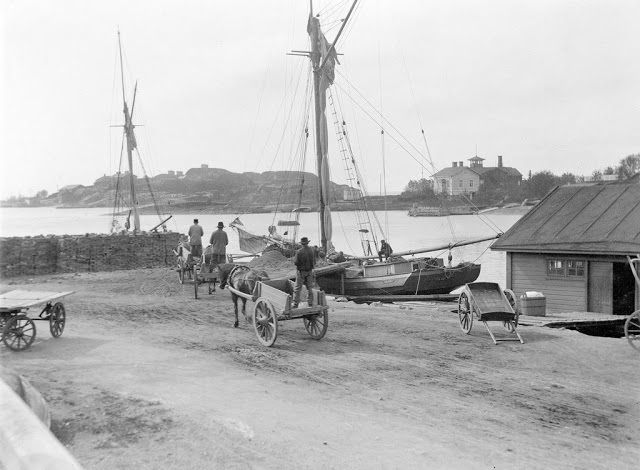




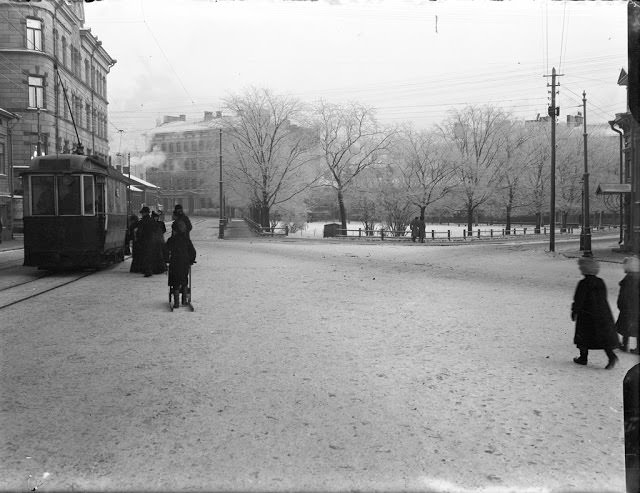
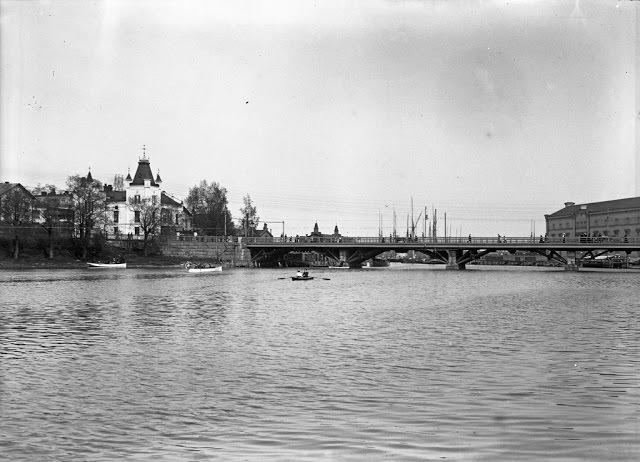


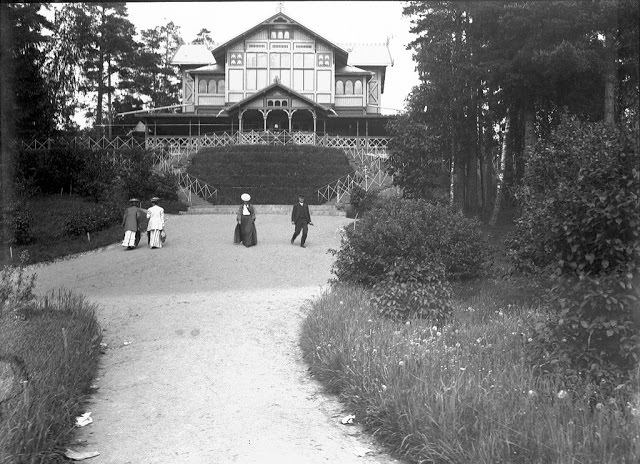
















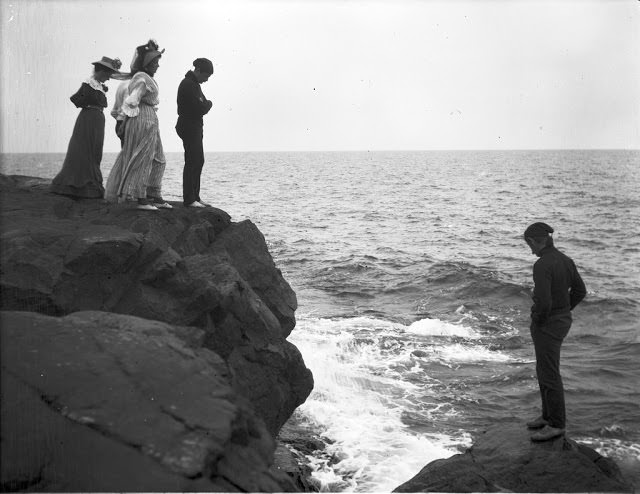




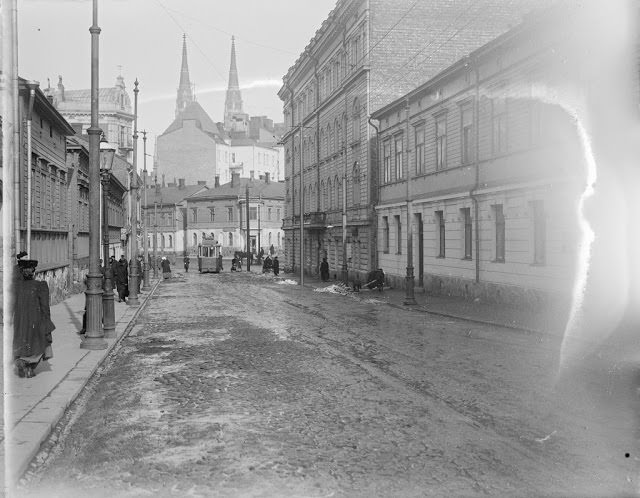






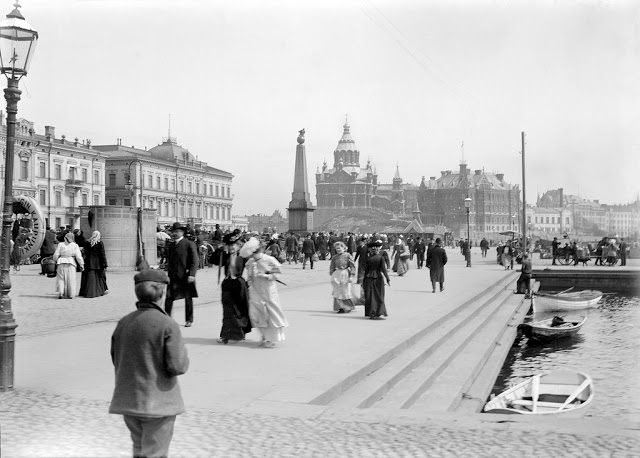


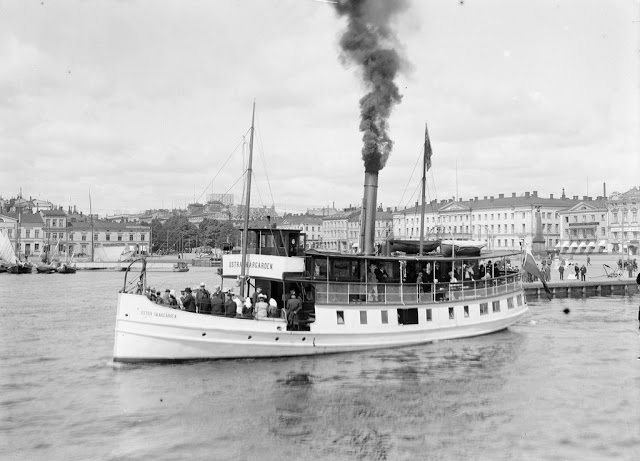
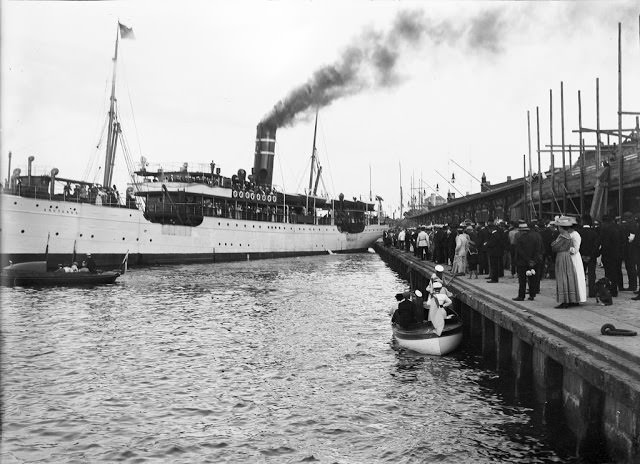





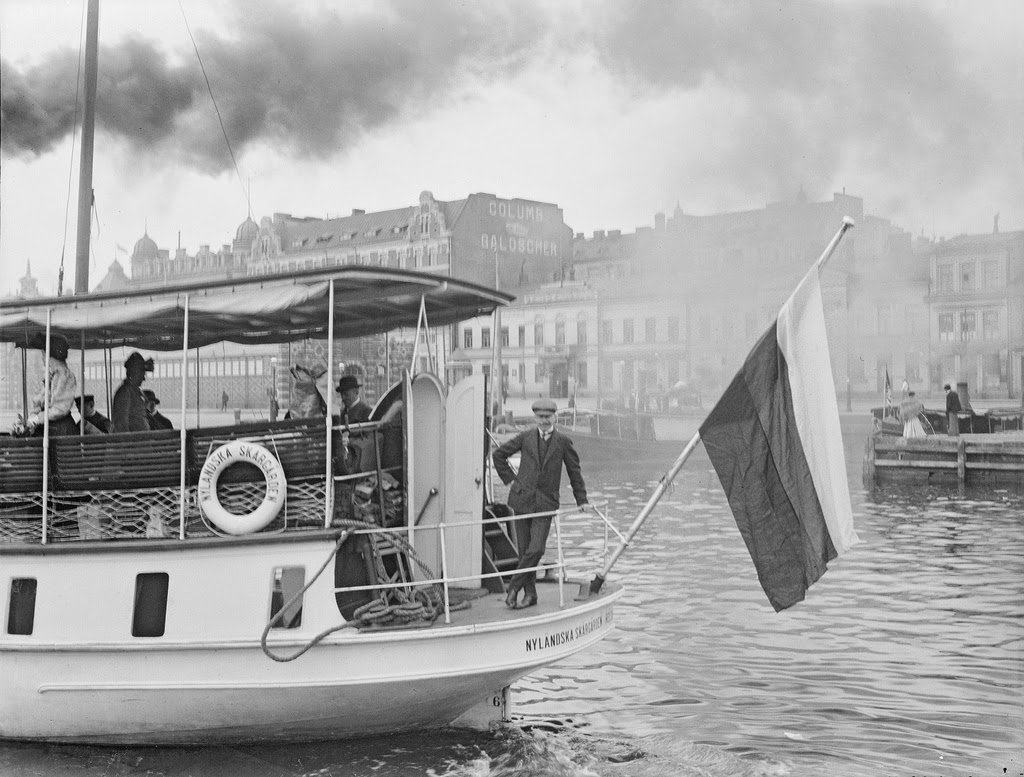


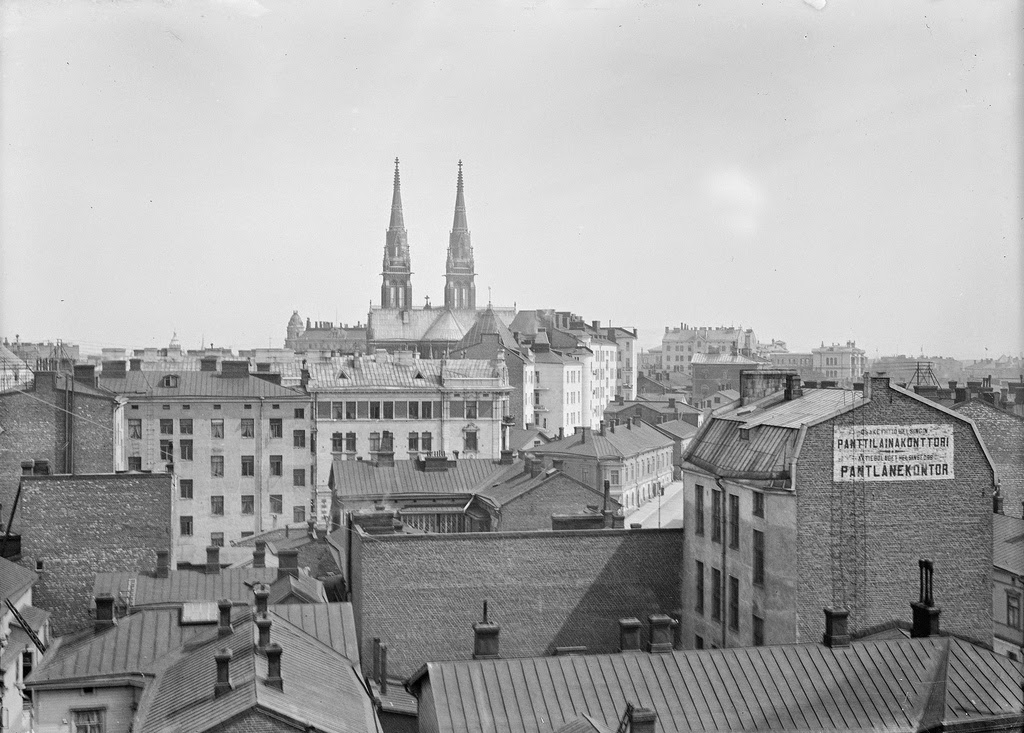






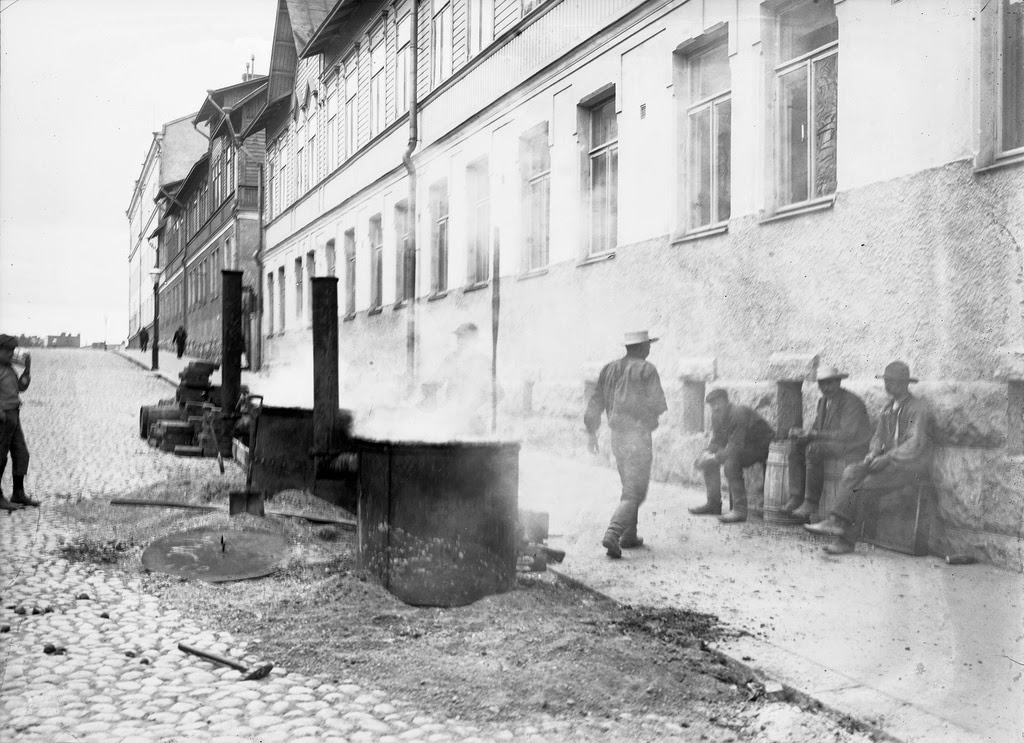







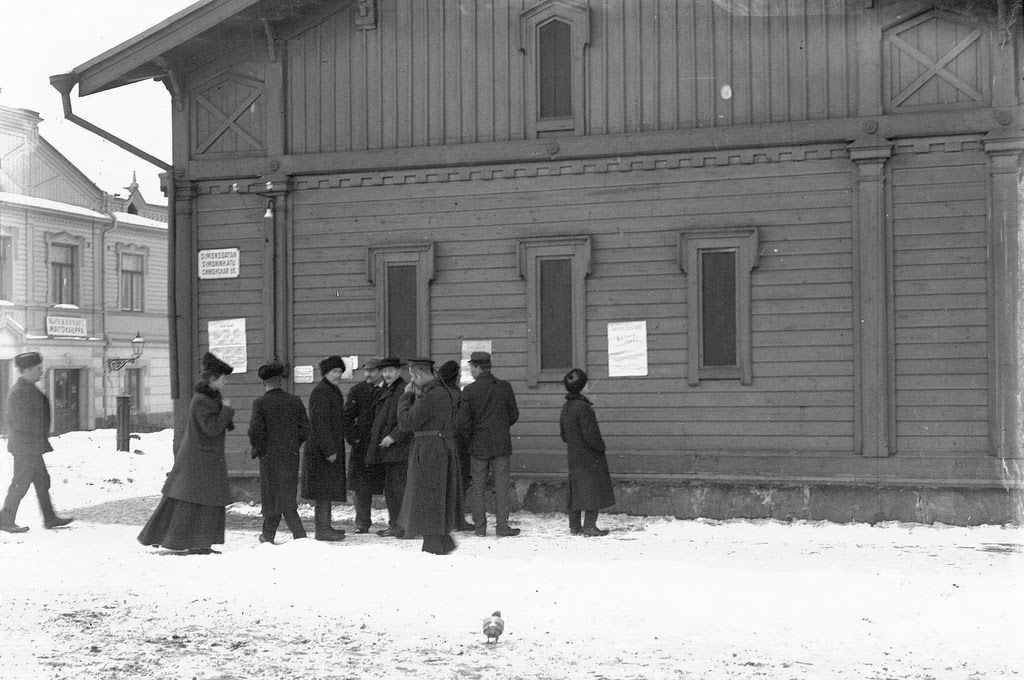





So many people on the streets, and no one is staring at their phone!